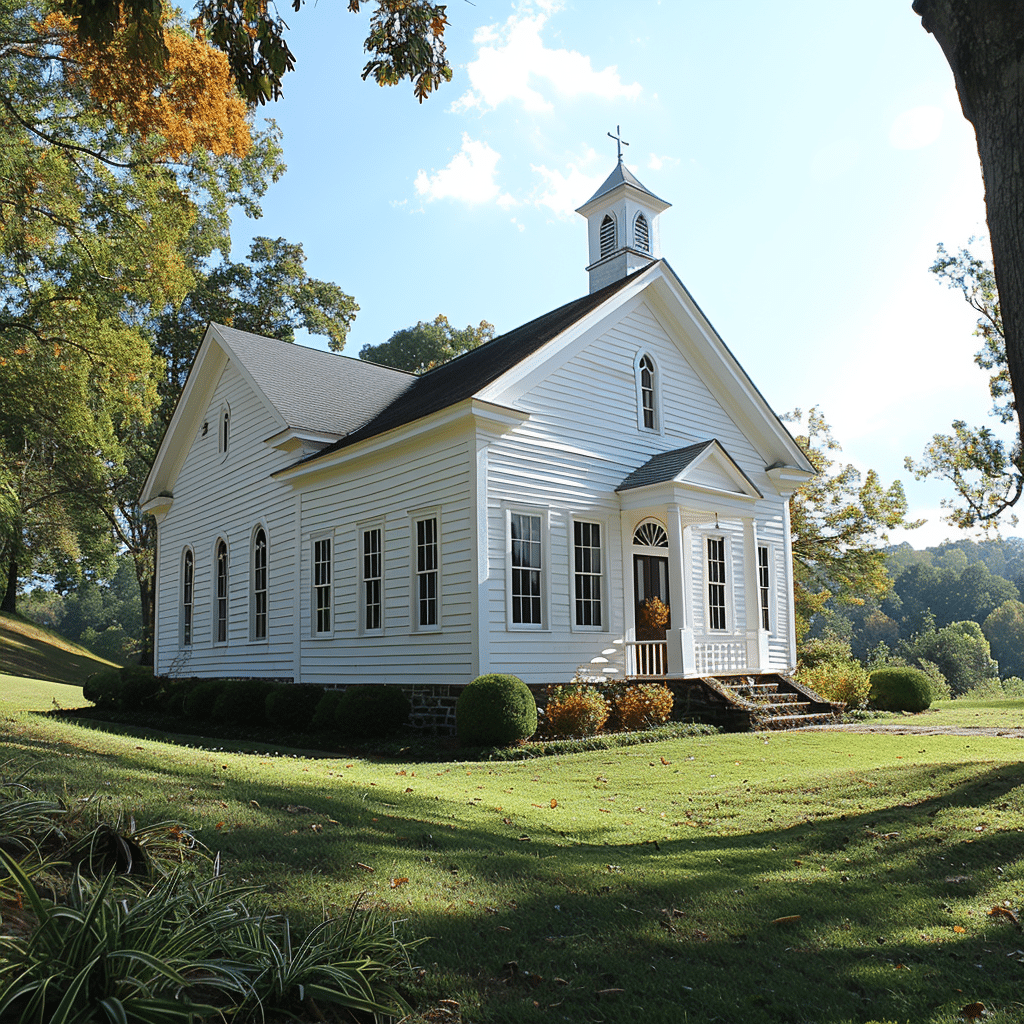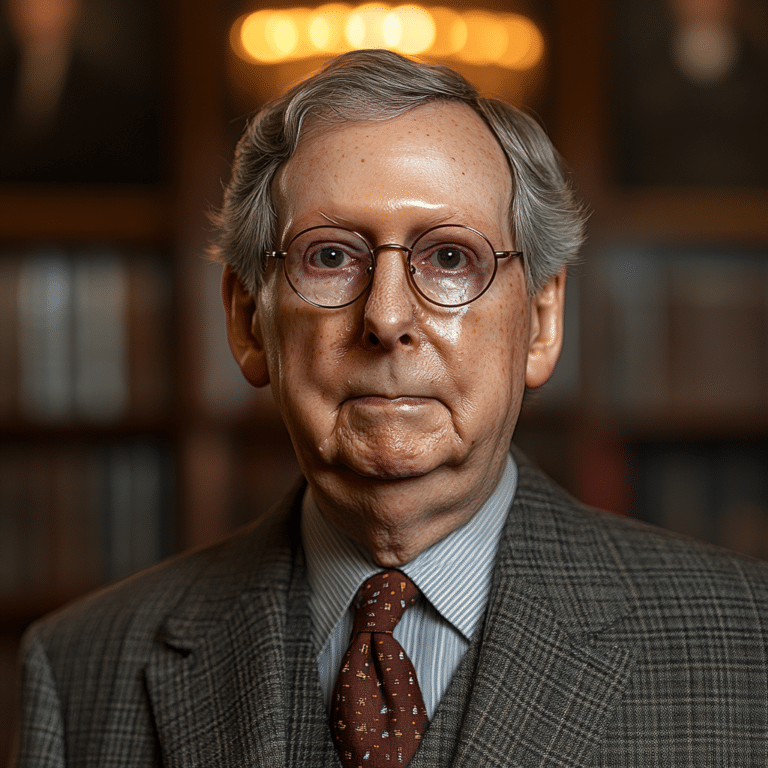In a bold move echoing the resounding clang of liberty’s bell, Methodist churches across the glorious state of Georgia are charting a new course in the annals of faith and fellowship. With the North Georgia Conference of the United Methodist Church’s recent decision, a staggering 261 congregations, representing about 38 percent of their conference, have chosen to disaffiliate. This pivotal moment in history comes in the wake of the national United Methodist Church’s 2019 edict, giving congregations until the end of 2023 to part ways, should their moral compasses diverge from the Book of Discipline, particularly regarding the ordination and role of LGBTQ+ people within the church.
Georgia Methodist Churches Set Sail on a Transformative Journey
The current landscape of Georgia Methodist Churches is in the midst of a seismic shift, one that is both thrilling and intensely sobering. Congregations are making firm stands, upholding the sanctity of traditional teachings and Christian values, which many feel are threatened by prevailing cultural currents that seem at odds with foundational doctrines.
The reasons behind this courageous quest for a new path are deeply rooted in doctrinal convictions, a desire for theological autonomy, and a fierce commitment to scriptural integrity. Many in the fold are finding themselves at a crossroads, yearning for a return to what they believe to be the bedrock principles of their faith.
The implications of this historic exodus from the UMC are profound, not just for Georgia but for the wider Methodist community. We’re talking about a significant reshaping of religious affiliations and a bold reassertion of conservative Christian values amid an increasingly liberal and, some might say, “woke” cultural landscape.
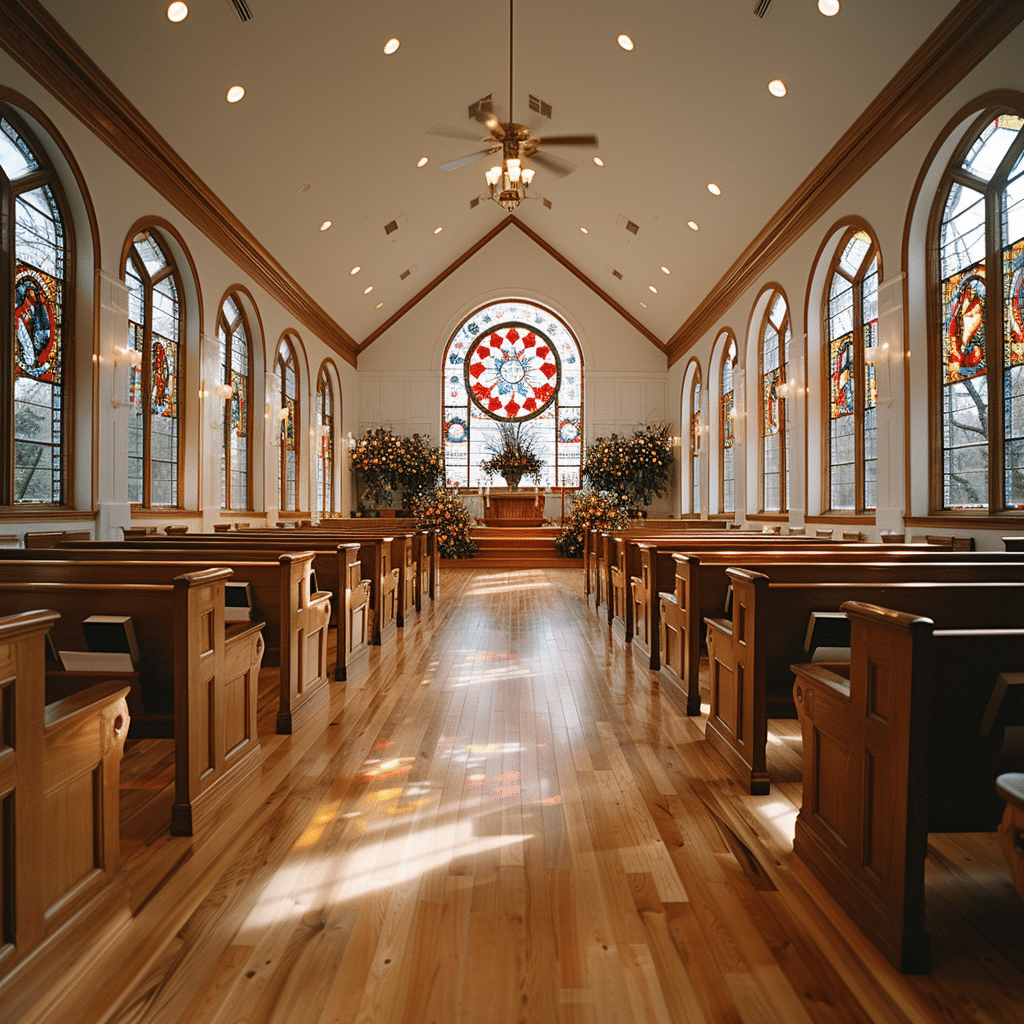
Faith in Transition: Reflecting on the Impact for Georgia Methodist Communities
Make no mistake; Georgia is witnessing demographic and societal changes that reverberate through the steepled halls of its Methodist congregations. Lines are being drawn in the sand, as communities grapple with a rapidly shifting social fabric that challenges long-held beliefs.
In an age where technology and modern communication reign supreme, these transformations are amplified through the touch of a button, instantly igniting debates and discussions that reach far beyond the church doors. Tales of personal journeys abound, with countless followers navigating this tide of change with both trepidation and tenacity.
From the bustling metropolis of Atlanta, where the Paul United Methodist Church stands as a beacon of tradition, to the quaintest rural chapels, the common thread is one of unwavering faith amidst the flux of transition.
| Subject | Details |
|---|---|
| Background | The schism within the United Methodist Church (UMC) over LGBTQ+ inclusion and theology. |
| 2019 Decision | The national UMC allowed congregations to disaffiliate for reasons of conscience related to LGBTQ+ practices and ordination by the end of 2023. |
| North Georgia Conference Decision | Voted on Nov 19, 2023, to permit 261 congregations to disaffiliate from the UMC. |
| Paul United Methodist Church | One of the churches in Atlanta affected by these changes. |
| Percentage of Conference | 38% of the conference’s congregations have elected to leave the UMC. |
| Current Status | The schism marks a significant realignment and potential creation of new Methodist affiliations or independent congregations. |
| Future Outlook | Uncertain trajectories for the disaffiliating congregations and potential impacts on the UMC’s national policy and unity. |
Theological Realignments Among Georgia Methodist Churches
As we delve deeper into this narrative, we uncover key doctrinal shifts within the Methodist churches of Georgia. Voices from the pulpits are speaking out, some in hushed tones, others with bold proclamations, aiming to align their teachings and practices with a more literal interpretation of the sacred scriptures.
Yet, how are these shifts shaping the worship experience? Attend any given service now, and one might sense the fervor of renewal, a sacred space steeped in reverence and a palpable return to core Christian tenets. Interviews with esteemed theologians and church leaders in Georgia elucidate these developments, painting a picture of a community standing firm in their convictions.
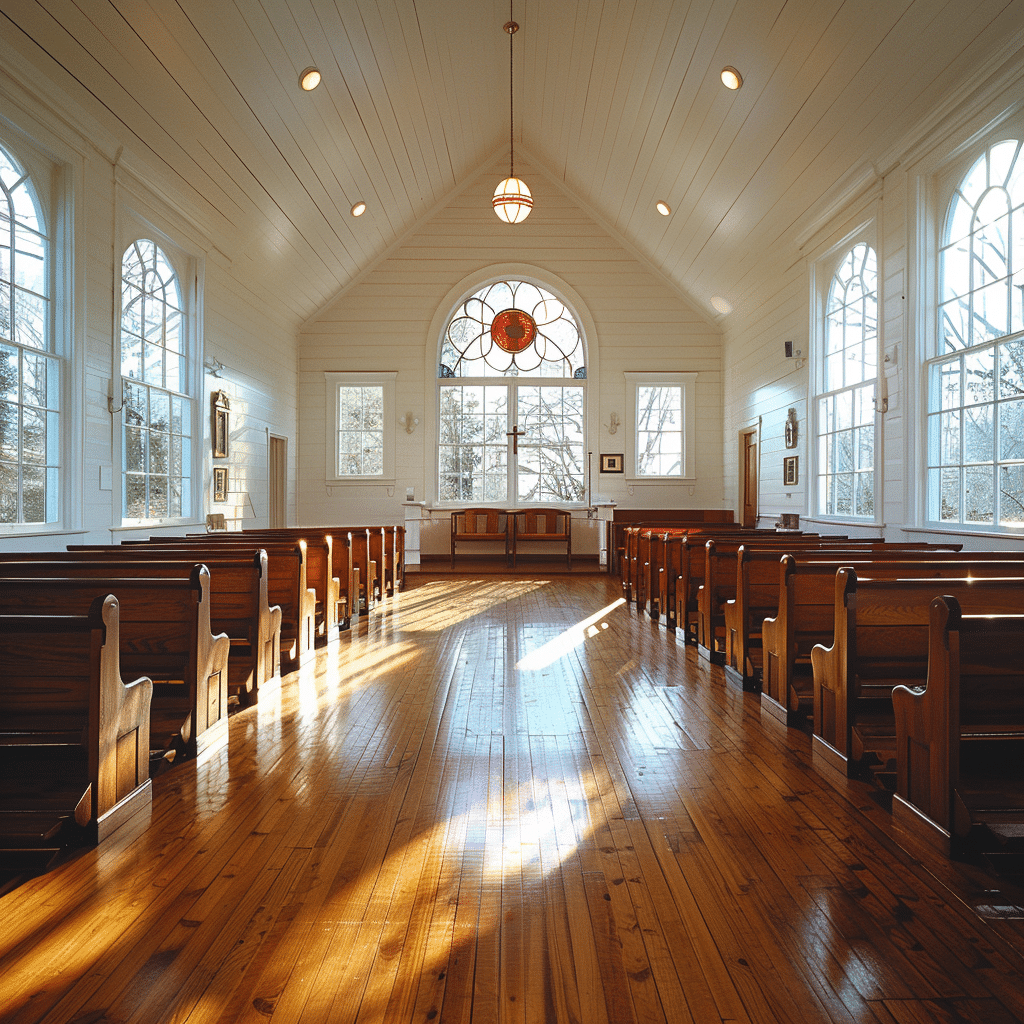
The Financial and Administrative Repercussions for Georgia’s Methodist Institutions
With the peeling away from the UMC, Georgia’s Methodist churches must now navigate not just spiritual waters but the pragmatic ebb and flow of finances and administration. This new direction has profound consequences, affecting church funding and the allocation of resources.
Church administration and governance structures are being redefined as these institutions move towards fiscal and managerial independence. Candid case studies reveal the challenges and triumphs of churches undergoing this transformative administrative metamorphosis.
Church Congregation Response to the New Path of Georgia Methodist Churches
The pulse of the congregation’s sentiments is measured, revealing an array of reactions to these winds of change. A survey spanning from the rolling Appalachians to the coastal plains highlights a complex tapestry of emotions—from steadfast approval to hesitant uncertainty.
Comparing responses from different regions in Georgia uncovers a fascinating dichotomy, with implications for church growth strategies and member retention initiatives. The challenge now? To ensure these storied congregations not only survive but thrive in the face of transformation.
Ecumenical and Community Effects of Developments Within Georgia Methodist Churches
What happens within the walls of Georgia’s Methodist Churches doesn’t stay there—it ripples out, touching ecumenical relationships and weaving into the community fabric. This new direction impacts interdenominational dynamics and local charity work, prompting a reassessment of collaborative efforts.
However, amidst this upheaval, stories of success surface. Churches are adapting their community outreach, finding innovative ways to fuse their renewed objectives with a sustained commitment to serving those around them. It’s more than charity; it’s a powerful testament to a faith that refuses to turn inward in times of change.
Navigating Future Horizons: Georgia Methodist Churches’ Long-Term Visions
As Georgia Methodist churches gaze into the future, they do so with a clear-eyed vision of their identity and mission. Strategies are being sharpened, laying the groundwork for sustainable growth and an enduring relevance in a society where the religious landscape is as dynamic as the Georgia clay.
Church leaders, bold and visionary, articulate their aspirations for their congregations—not as relics of a bygone era but as vibrant, active communities, charting a course true to their heritage, infused with a resolute hope for what lays beyond the horizon.
Innovative Wrap-Up: Charting Uncharted Waters
As Georgia Methodist Churches temper the winds of change with the anchor of their convictions, they stand as a microcosm of a broader religious and societal evolution. Through theology, community engagement, or the bold strides in technology, these congregations are carving out their niche in a landscape that refuses to remain static.
Their stories and efforts highlight a faith community at a critical juncture of tradition and progression, dedicated to forging ahead in uncharted waters with unwavering determination and an undimmed hope for the journey that awaits.
Trivia & Facts: Georgia Methodist Churches on a New Trail
Well, folks, hold onto your pews because Georgia Methodist churches are not just about Sunday services anymore. With a history as rich as the best brunch spots, these religious institutions are springboarding into the future with vigor and resolve. You might not think that metaphors for innovation can spring forth from such time-honored establishments, but much like the cutting-edge performance of Alphafly sneakers, these churches are racing towards modernization with surprising agility.
Hey, remember Randy Travis with his gospel tunes that would fill the rafters of a country church? Rumors swirled that he might’ve struck the final chord, but don’t you fret; his legacy matches the resilience of these congregations, often bouncing back stronger despite the challenges. Speaking of bouncing back, if you’re ever curious about whether Did Randy travis pass away? or if artists like him have impacted local congregations, the answer is a resounding gospel hymn of ‘yes! And amidst this intertwining of history and modernity, isn’t it peculiar how elements from other spheres sneak into our dialogue—like references to Drakengard 3 finding unexpected compatibility with discussions on faith? What a world!
As these churches zigzag their way into the new era, they are steering clear of scandals unlike the unfolding drama surrounding the Megan Hall police officer video. Integrity and community anchor their values, much as you’d cling to a raft during a storm. Even as the digital age sends previously banned films into oblivion with a mere whisper of video banned, Georgia’s Methodist churches aim to stand firm, fostering open dialogue within their walls.
Now, I’m sure you’ve heard the buzz about Justin’s predicament—so many asking, Did Justin die?, as if the fate of a single pop icon could send shockwaves through the congregational grapevine. Sure, pop culture laps at the doorstep of our places of worship, but churches, like celebrated sports teams with the tenacity of team skeet, understand it takes more than a whisper of rumors to shake their foundations. It’s about the long game, the marathon, and these Georgia Methodist Churches are lacing up their proverbial running shoes, ready to weather the storm and perhaps even come out with a tale or two that sounds more legendary than your uncle’s fish stories.
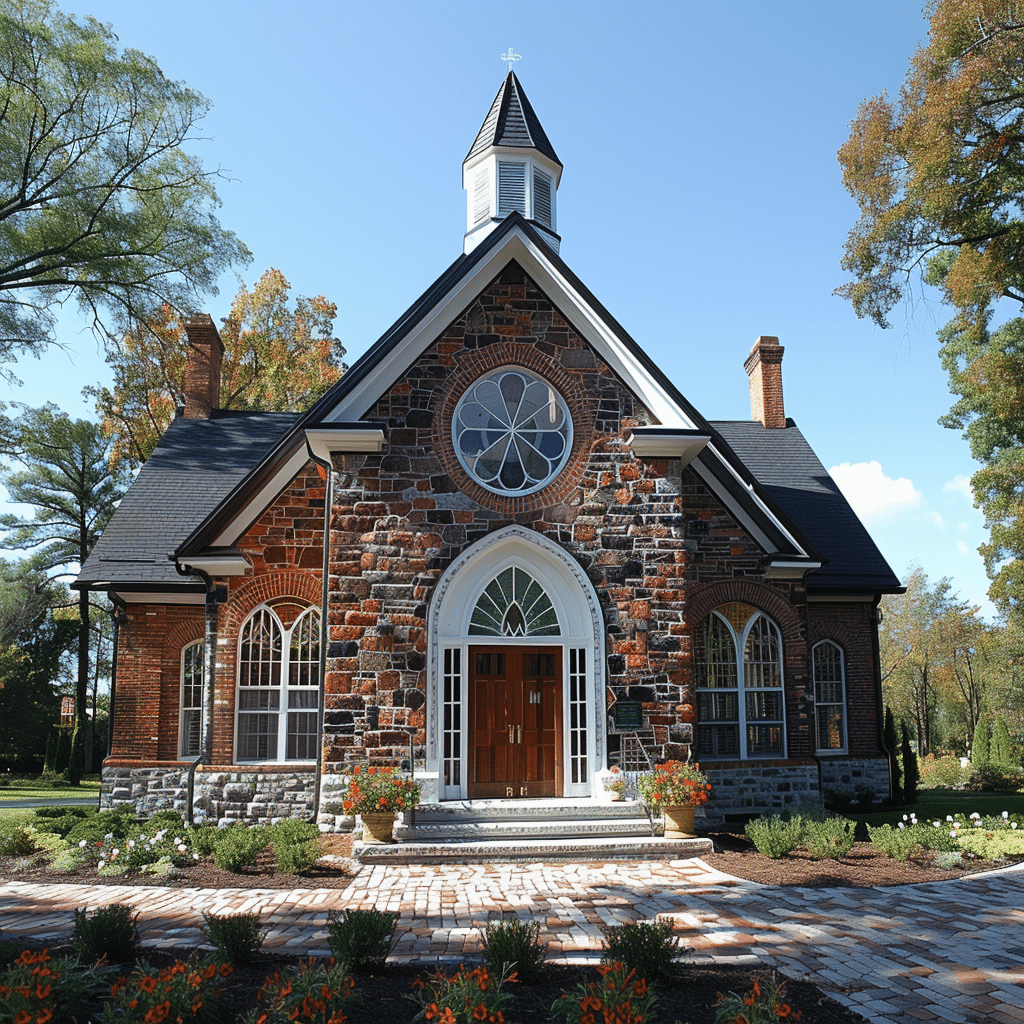
Why are Georgia Methodist churches leaving?
**Faithful Departure: The Exodus of Georgia’s Methodist Churches Over LGBTQ+ Stance**
What is the largest Methodist Church in Georgia?
In recent developments that have rocked the United Methodist Church (UMC) foundationally, a significant number of congregations have taken a decisive step, voting to sever ties with the denomination due to theological disputes, primarily centered around the LGBTQ+ issues within the church. The North Georgia Conference of the United Methodist Church has witnessed this dispute crystallize into a large-scale disaffiliation, with 261 congregations choosing to go their separate ways.
How many Georgia UMC churches have disaffiliated?
The split is coming in the wake of a 2019 decision by the national UMC, which crafted a path for churches to depart by the end of 2023 due to contrasting beliefs related to the ordination and treatment of LGBTQ+ individuals in conformity with the Book of Discipline. This schism reflects broader societal and ecclesiastical tensions regarding traditional versus progressive understandings of scripture and ecclesial practice.
Did 261 Georgia congregations leave the United Methodist Church?
Among these congregations, the Paul United Methodist Church in Atlanta stands out. The Georgia exodus is not an isolated incident but a substantial movement accounting for approximately 38 percent of the conference.
What is causing the Methodist church to split?
The largest Methodist Church in Georgia, though not specified in the received updates, typically has been one of the historic and prominent churches in major cities.
Which South Georgia UMC churches have disaffiliated?
With the disaffiliation of 261 Georgia congregations from the UMC, the event marks a defining moment in the Church’s schismatic history. It represents the confluence of dissenting congregational conscience regarding doctrinal matters and the administrative response to facilitate a respectful separation.
What are the two types of Methodist churches?
This split within the Methodist church is not confined to Georgia; across various states, similar patterns of disaffiliation are emerging. While specific numbers for South Georgia have not been provided in the information given, the precedent set by the North Georgia Conference could suggest a comparable trend.
How many churches in Alabama have left the United Methodist Church?
Methodism traditionally has two major branches: the United Methodist Church, known for its more mainline protestant practices, and the more conservative offshoot, the Wesleyan Church. However, with the departure of numerous congregations, there could be new denominations or alignments yet to be named.
How many churches split from the United Methodist Church?
In Alabama, according to earlier reports, dozens of congregations left the UMC, and nationwide, the total number of churches splitting off has climbed into the hundreds as of the last count.
Why are Methodists leaving the United Methodist Church?
As churches ponder whether it is too late to disaffiliate, the UMC set a deadline at the end of 2023, creating a sense of urgency for those contemplating such a shift. Motivations for disaffiliation stem from desires to uphold traditional doctrinal beliefs, in opposition to what dissenting churches see as a departure from their scriptural interpretations by the broader denomination.
Is it too late to disaffiliate from the United Methodist Church?
The largest church congregations in Georgia typically have been megachurches, known for their extensive membership and expansive facilities, which span various denominations.
Why do churches want to disaffiliate from the United Methodist Church?
In the broader national context, the largest Methodist church in America has historically been The United Methodist Church of the Resurrection in Leawood, Kansas.
What is the largest church congregations in Georgia?
As for Kentucky, no specific numbers have been given, but reports indicate that churches in the state are also considering their futures within the denomination.
What is the name of the largest Methodist Church in America?
Regarding the future, those North Georgia UMC churches that have chosen to disaffiliate are part of a pivotal redefining of the Methodist landscape. The new formations are yet to be named as groups are still in the process of determining their new identities.
How many churches are leaving the UMC in Kentucky?
The fissures within the UMC raise vital questions about religious unity, doctrinal integrity, and the place of churches in reflecting or shaping societal values—a narrative that continues to unfold, with implications far beyond the Methodist communion.

